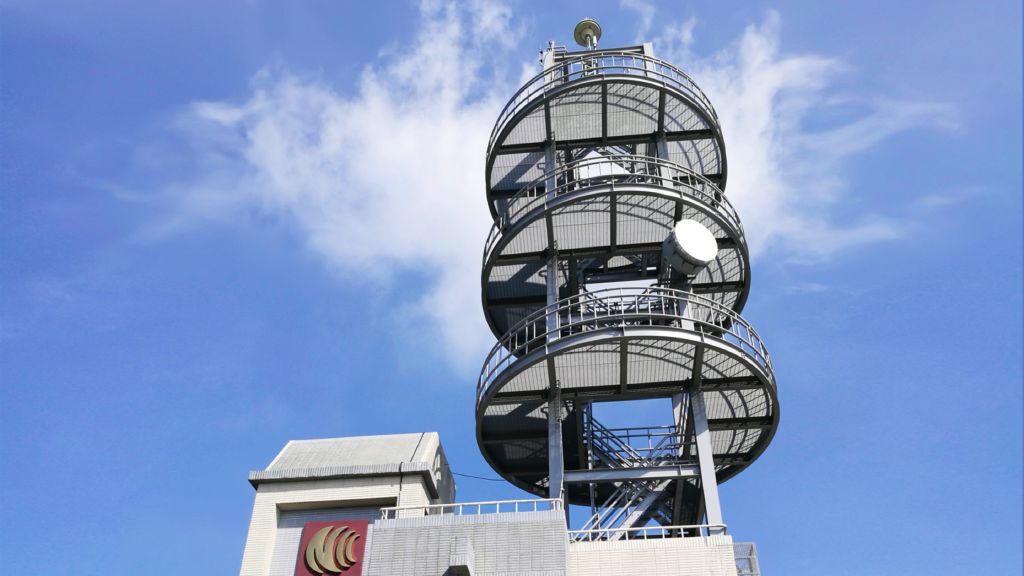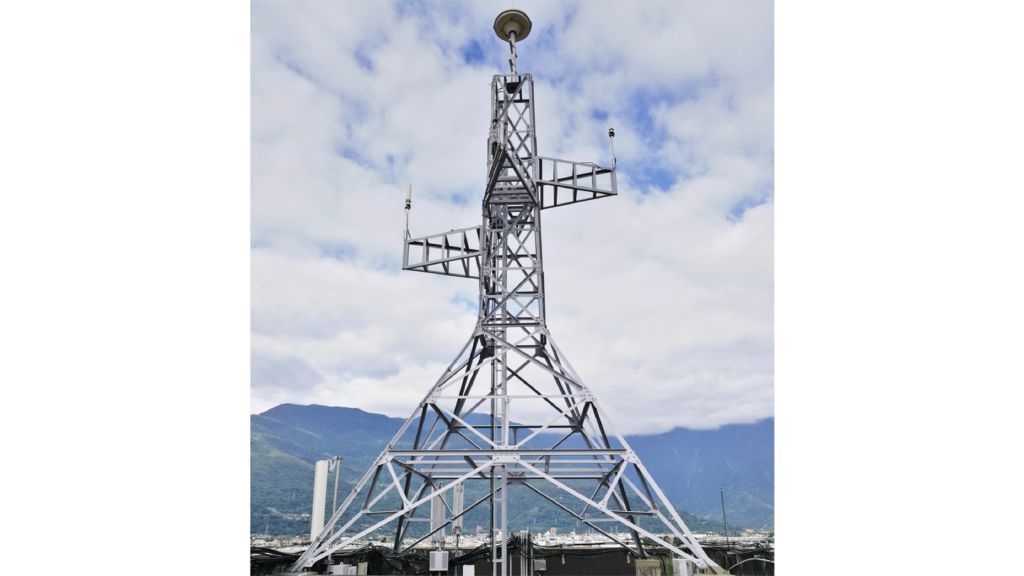The manned fixed monitoring stations (FMS) are equipped with R&S®DDF255 digital direction finders, while the unmanned stations use R&S®ESMD wideband monitoring receivers.
Both the R&S®DDF255 and R&S®ESMD offer 80 MHz real-time bandwidth and up to four channels (digital downconverters). Plus, each station includes an R&S®EM100 digital compact receiver as handoff receiver for signal analysis and for TDOA location tasks. This additional resource eliminates the need to interrupt running measurements when a quick geolocation is required in parallel.
Along with the spectrum monitoring system, the NCC acquired a new spectrum management system. This software provides technical and administrative tools that allow spectrum engineering, frequency planning and assignment, transmitter administration and billing. Moreover, the software provides interfaces to the R&S®ARGUS spectrum monitoring software. Users of the spectrum management system can send measurement tasks to R&S®ARGUS for verifying available assignments or measuring parameters of licensed transmitters. In addition, the opposite direction is possible: R&S®ARGUS users can retrieve all licensed transmitters within a certain area for detecting spectrum violations.
For advanced investigations on radio interference, the NCC can use comprehensive signal analysis capabilities for classifying emissions. The system recognizes common modulation types that enable the commission to draw conclusions on incompatibilities in the spectrum.
The contracted services comprised local infrastructure tasks, system integration and installation throughout the country, acceptance tests and training. At stations where existing third-party systems were still in operation, the new Rohde & Schwarz systems were installed and put into operation in parallel, enabling the NCC to seamlessly operate all existing sites.















